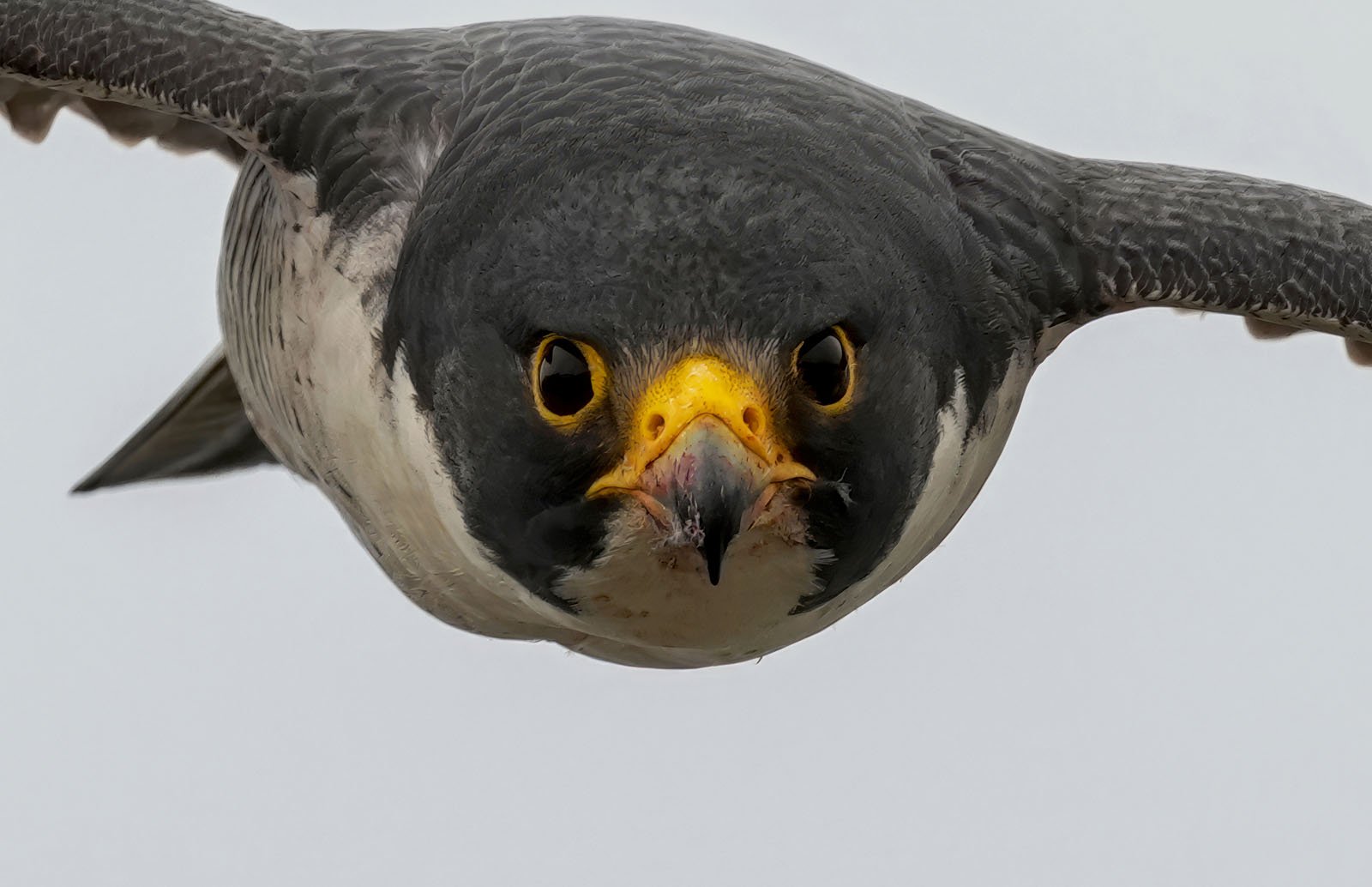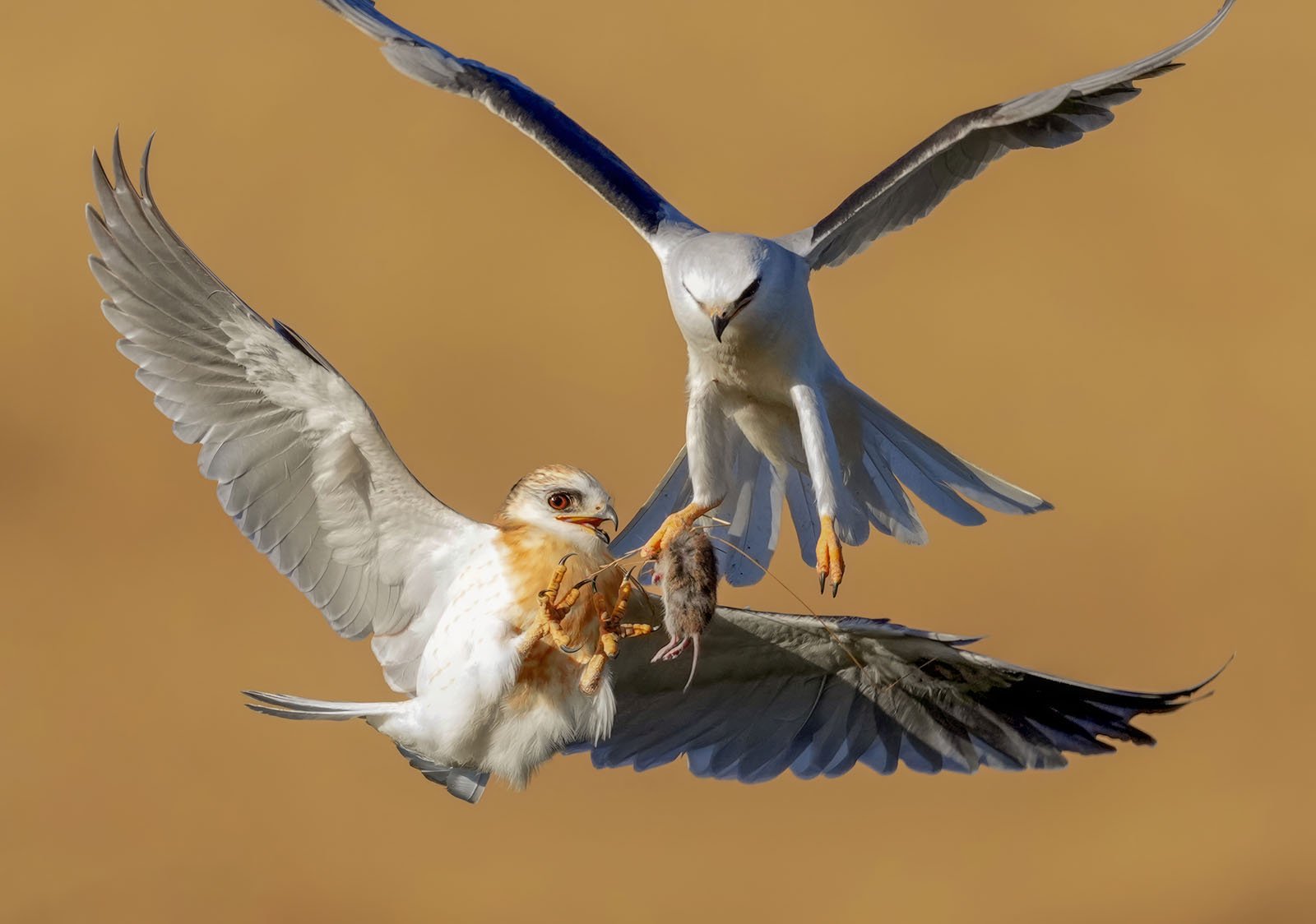![]()
Nearly all modern Sony cameras include Clear Image Zoom (CIZ), a feature that gets almost no attention but can prove extremely useful — especially for wildlife photographers.
Clear Image Zoom is an in-camera function that lets photographers zoom in with a 2x factor with any lens. “But that is just cropping,” someone could reasonably object. Not so fast. Clear Image Zoom is not the same as cropping. Clear Image Zoom is also not identical to typical Digital Zoom.
“With standard digital zoom, pictures captured by the image sensor of the camera are enlarged using digital signal processing. Therefore, as the magnification level increases, signals to be estimated also increase and can reduce the image quality,” Sony explains.
![]()
“When using Clear Image Zoom, however, images are captured close to the original quality when shooting a still picture. The camera first zooms to the maximum optical magnification, then uses Clear Image Zoom technology to enlarge the image an additional 2x, producing sharp clear images despite the increased zoom ratio.”
That is still not precisely describing how Clear Image Zoom works. Fortunately, wildlife photographer Alex Phan has some practical examples that better explain it.
“Sony’s Clear Image Zoom is digital zoom; the difference from usual digital zoom is how Sony’s engineers leverage the information from the sensor to punch into the image effectively without losing detail,” Phan explains, speaking to PetaPixel.

He tried with his Canon 1DX Mark III and came up short, and it was the same story with the Nikon D4. Phan then tried the Sony a9 and got excellent results. “I was one of the very first photographers to get this shot there thanks to the performance of the Sony a9,” Phan explains. “Every day after work, I drove three hours to witness the falcons.”
“Without getting technical, Sony’s engineers describe the Clear Image Zoom technology as ‘interpolation on steroids’ involving ‘advanced algorithms’ and a ‘unique pattern recognition database’ using Sony’s exclusive By Pixel Super Resolution Technology,” Phan continues.
Phan says that one of the best parts about Clear Image Zoom is that, unlike a teleconverter, there is no light loss. For example, if a photographer puts a 2x teleconverter on a 400mm f/2.8 lens, sure, it becomes equivalent to an 800mm prime, but its maximum aperture also decreases to f/5.6, which means that photographers must change shutter speed or ISO, all else equal.
With Clear Image Zoom, Phan argues that not only is light-loss not a problem, but the loss in image quality is “minimal.” Teleconverters have improved considerably with advances in optical technology, although there is still a loss in image quality when using them.
![]()
Despite its Performance, Phan Does Not Always Use Clear Image Zoom
“I want to make it clear: Clear Image Zoom is not the primary or proper way to get your shot without getting the proper telephoto lenses,” Phan tells PetaPixel. “It is an option to enhance your workflow.”
To activate CIZ, photographers must go to their camera’s main menu, head to the cog wheel icon, and select Clear Image Zoom. Phan has CIZ set to a custom function button.
At this point, an important limitation of CIZ is worth noting — it does not work with RAW images. This means that people who shoot RAW — which is many photographers — must switch the file type to JPEG before activating CIZ, otherwise, the option is grayed out.
“I mostly use CIZ for static birds. It will give a larger than life perspective. You can’t get that with regular cropping from RAW,” Phan adds.
“One of the most asked question is: ‘How is it different from cropping from post process?’ The way you look at it is this: Let’s say your subject is 300 feet away. In the frame, it is a small dot in the middle of your frame. You will need to crop maybe 3x to bring it closer. With CIZ, it is already at 2x closer. Now, with CIZ, I can crop another 3x. So now, on the other side, will need to crop 3x time to match up with CIZ. In a way, you’re now at 5x crop on the regular RAW image. At that point, you have not much left; hence the quality is not good,” explains Phan.
![]()
While CIZ is a sort of digital zoom, it is critical to note that the final image is the same size as the camera’s maximum image size. If someone is using it on a Sony a7 IV, for example, a CIZ file with “Large” image size is still 33 megapixels. On the other hand, if someone crops a 33-megapixel image, it is obviously smaller afterward.
Phan notes that if photographers select small or medium image size, Clear Image Zoom can effectively zoom even further, because it needs to create a final image that is smaller. It is possible to get CIZ at 4x.
![]()
“You shouldn’t use it when you are really far away, like over 300 feet away with a 200-600mm lens,” Phan says. “You also wouldn’t want to use it on a really hot day since the haze will ruin your image. You also won’t want to use it with a teleconverter on a zoom lens.”
Aside from the limitation that CIZ cannot be used with RAW images, Phan emphasizes that CIZ requires the right situation to deliver the best results. He often uses it on static subjects because CIZ disables certain special features, including Eye AF. While some cameras, like the Sony Alpha 1, are powerful enough to use continuous AF alongside CIZ at the camera’s max shooting speed, other Sony cameras are limited to mechanical shutters, which offer slower burst speeds than their electronic shutters.
![]()
Even With Limitations, Clear Image Zoom Delivers Special Results
“Clear Image Zoom changes my approach to how I can make my images stand out from the pack. In wildlife photography, there are two categories. One is ’emotion photos,’ where you take static images. The other is ‘action wildlife,’” Phan says.
When doing action wildlife, CIZ can be useful because it is often challenging to get close to animals in motion. He has used CIZ to great effect in some of these situations. However, the autofocus and burst speed limitations complicate the situation.

“What I like most about this picture is the way the dad twists and turns around and makes the baby follow it. It is a technique to train their child,” Phan explains.
Phan’s Instagram profile features many beautiful wildlife images, some of which were made possible thanks to Clear Image Zoom. While CIZ is not the perfect solution to every problem, it is a rarely-discussed tool that Sony photographers should consider adding to their kit.
“The bottom is this: CIZ is a free option that Sony includes in its cameras. Not everyone will like it when they hear that it is JPEG only. However, Sony cameras deliver very nice JPEG images. All of my images on Instagram or Facebook are shot in JPEG — not a single RAW image,” Phan says.
“You just need to get your settings right in the field. You need to be patient and practice a lot. Once you get used to it, it will be fun!” he adds.
![]()
More of Alex Phan’s Wildlife Photography
Alex Phan is a hobby wildlife photographer. He began shooting in 2015 and took photography more seriously in 2017, mainly to get out and enjoy nature.
“I also want to show everyone that wildlife photography is fun,” Phan says.
![]()
![]()
![]()
![]()
![]()
Alongside his active Instagram and Facebook profiles, he tests out gear for different manufacturers and teaches wildlife at an annual event at Samy’s in Los Angeles.
Image credits: All images © Alex Phan
